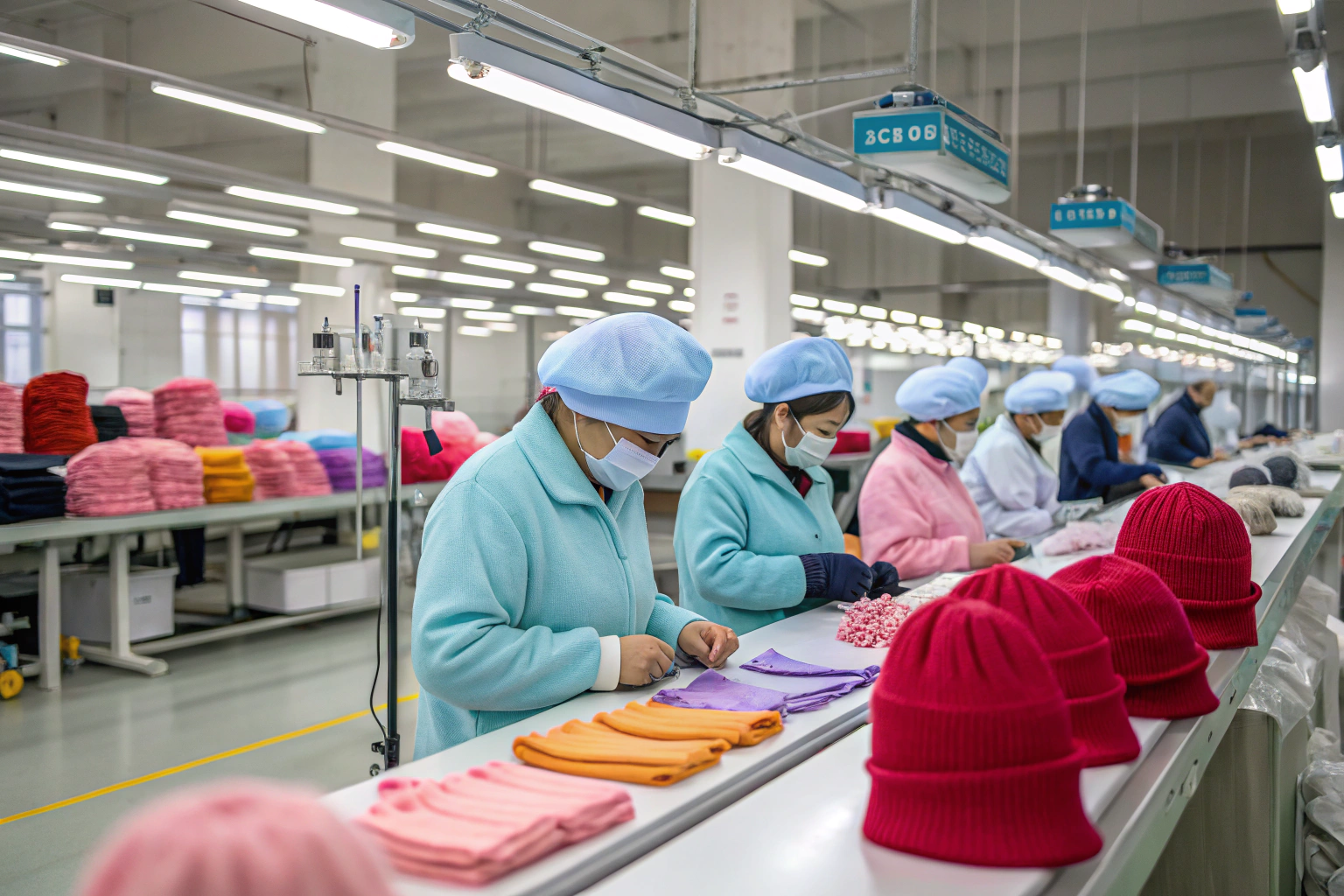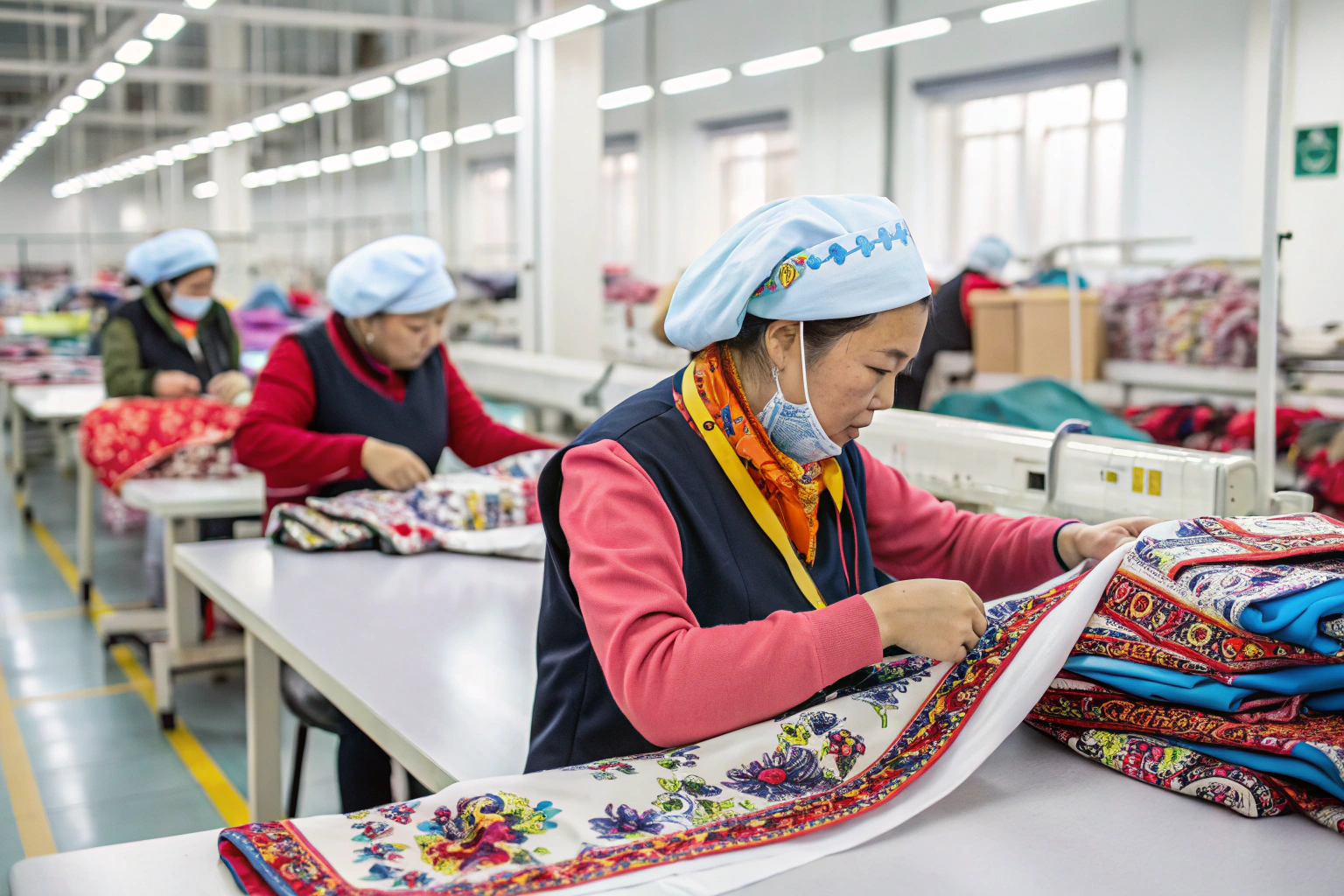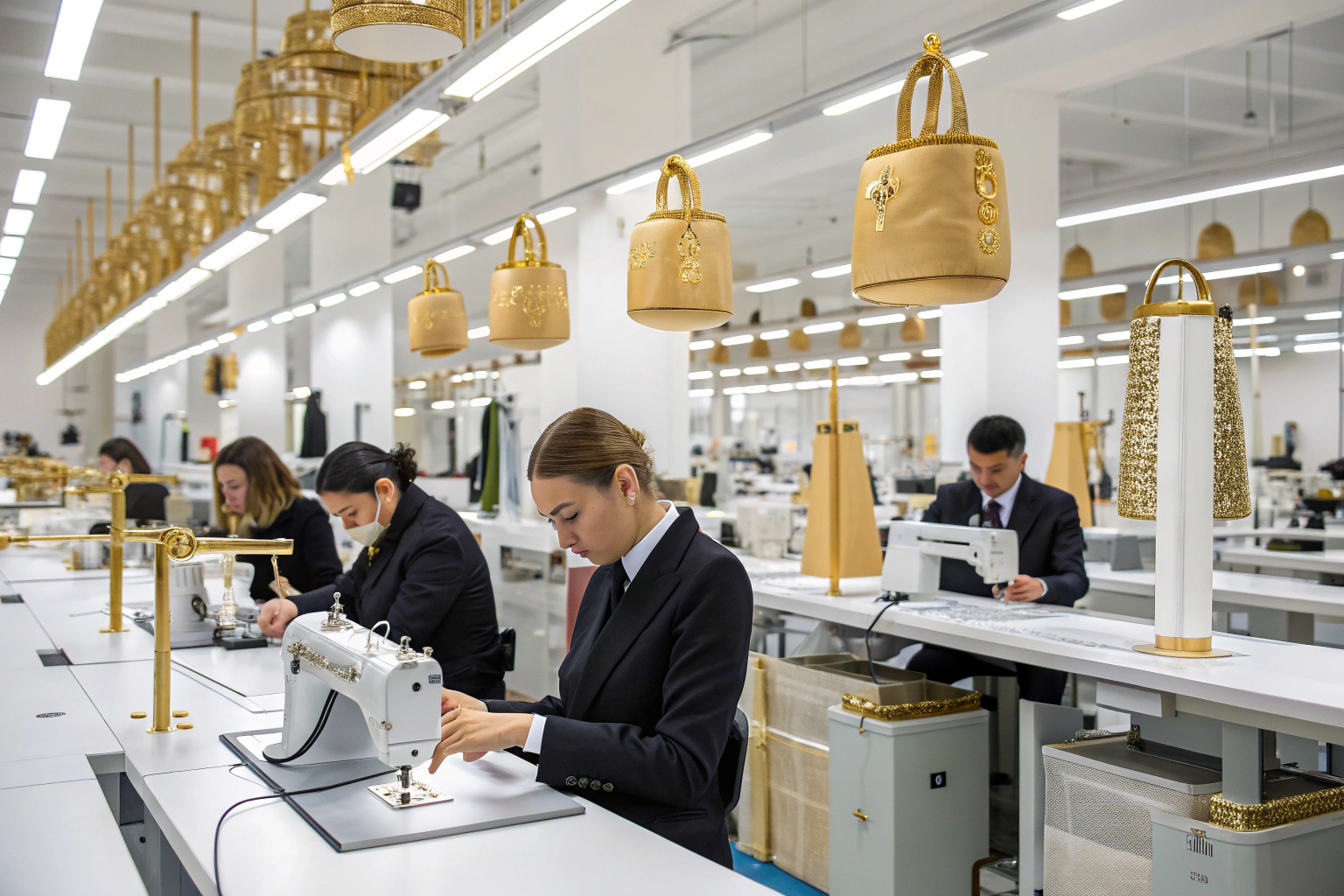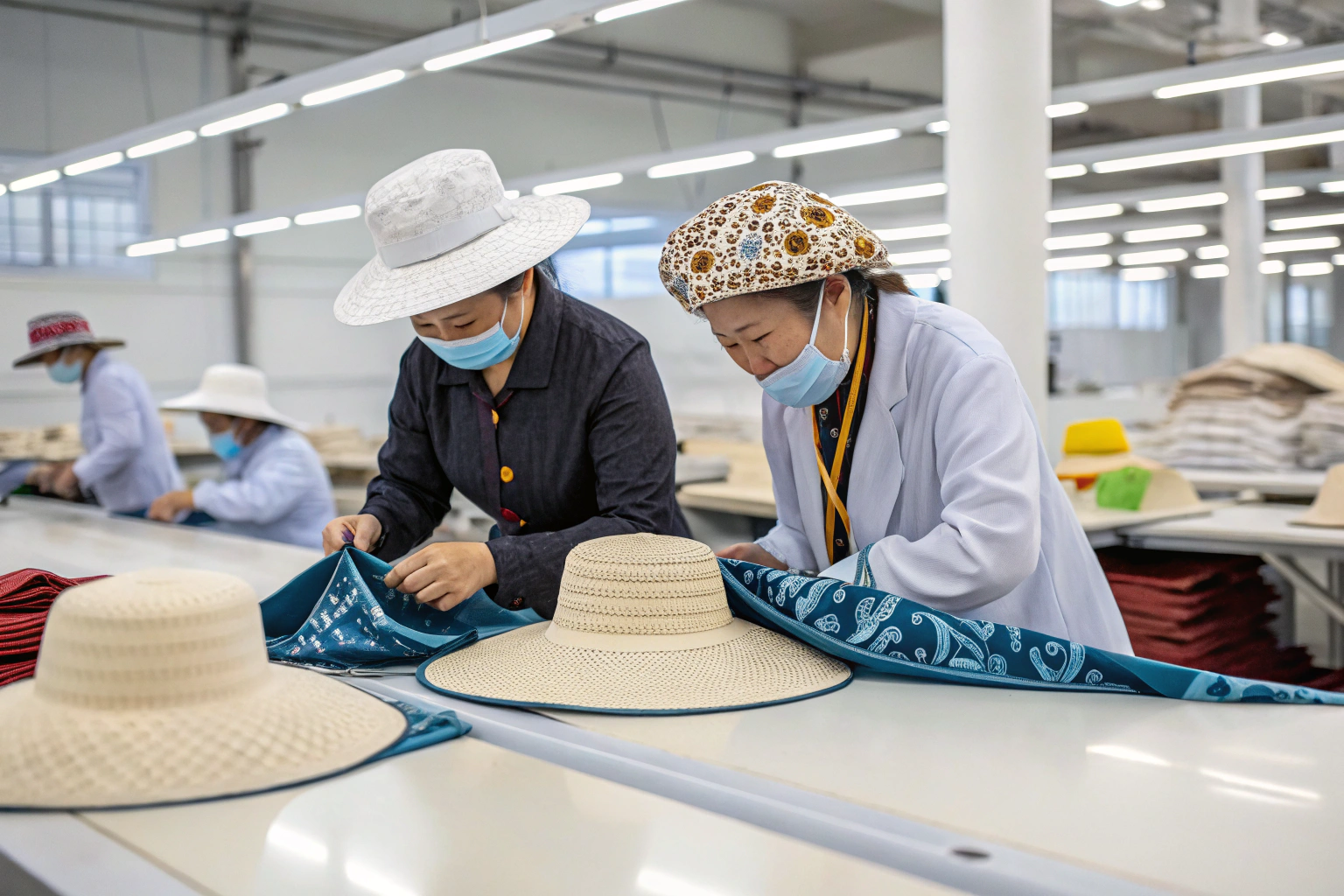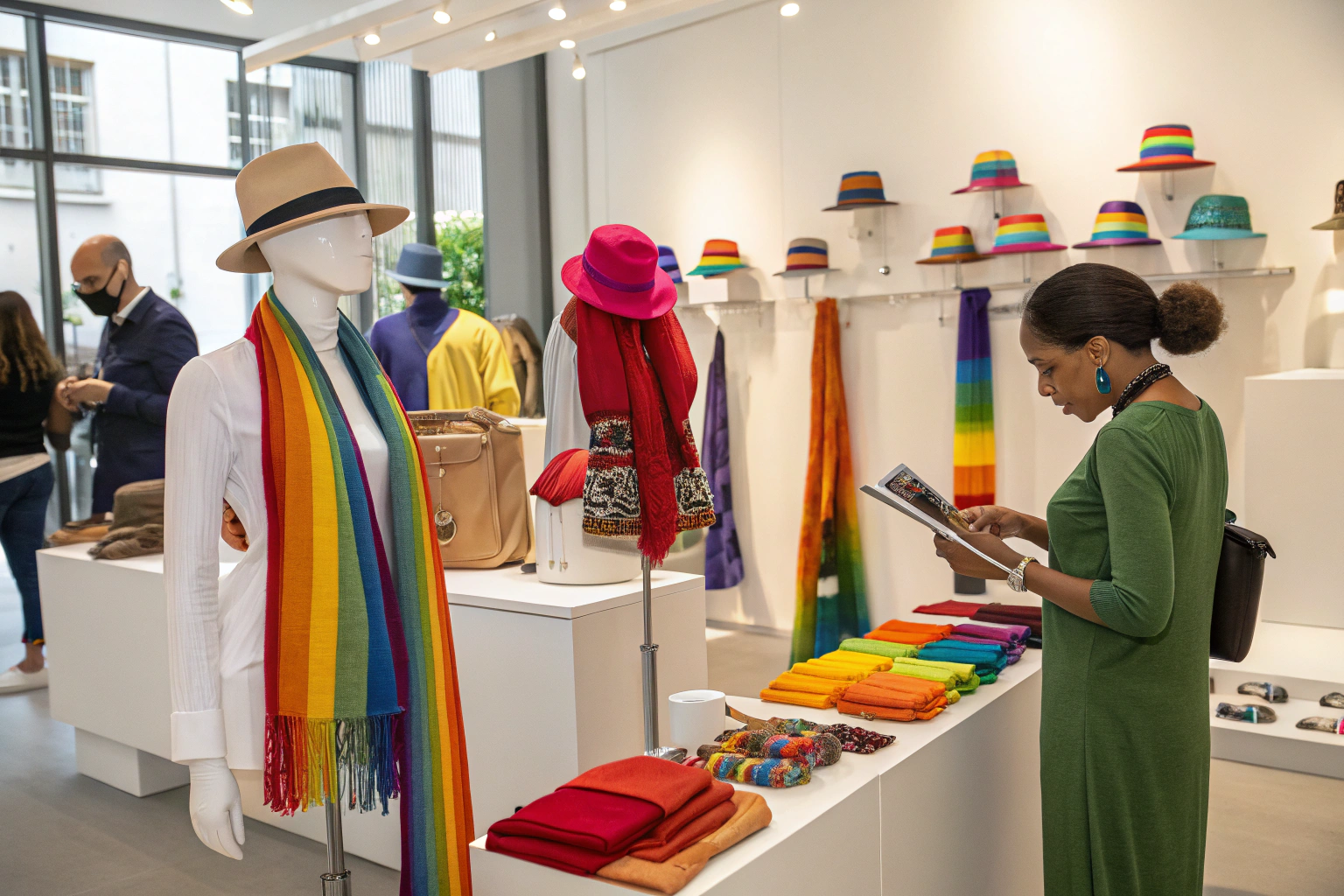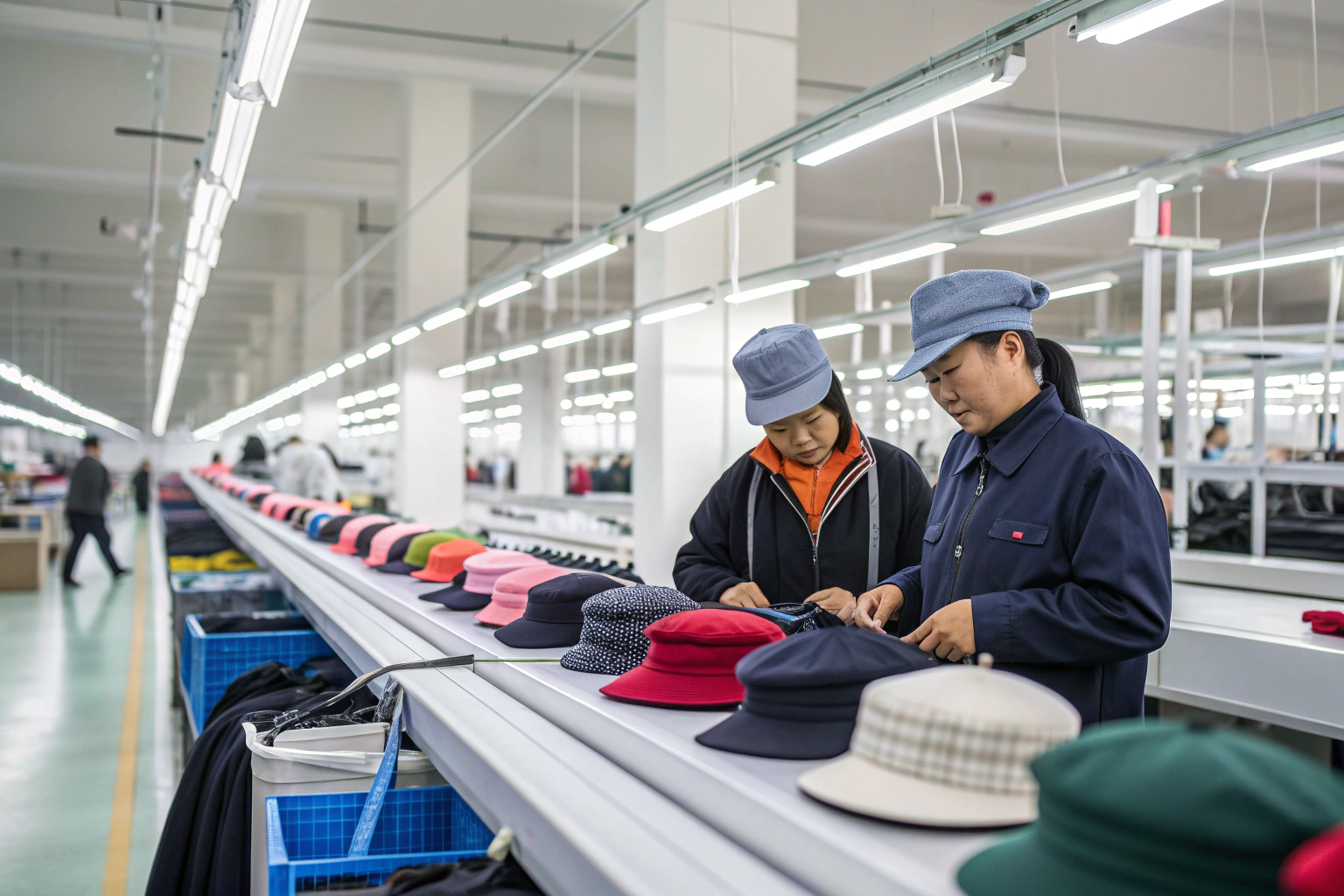Starting your own accessory brand is exciting—until you hear “Our MOQ is 5,000 pieces per style.” For small importers or boutique buyers, high minimums can block product testing and cash flow.
MOQ (Minimum Order Quantity) flexibility depends on factory type, product complexity, raw material sourcing, and how well you communicate your long-term potential.
At AceAccessory, we work with new buyers every day. And we’ve learned how to adjust MOQs without sacrificing efficiency—for scarves, clips, belts, and more.
What are the rules for MOQ?
MOQs aren’t random—they’re based on what it costs a factory to run a product line efficiently. But that doesn’t mean they’re fixed.
MOQs are set based on material cost, setup labor, machine usage, packaging, and order consolidation. For accessories, common MOQs range from 300 to 3,000 units per SKU.
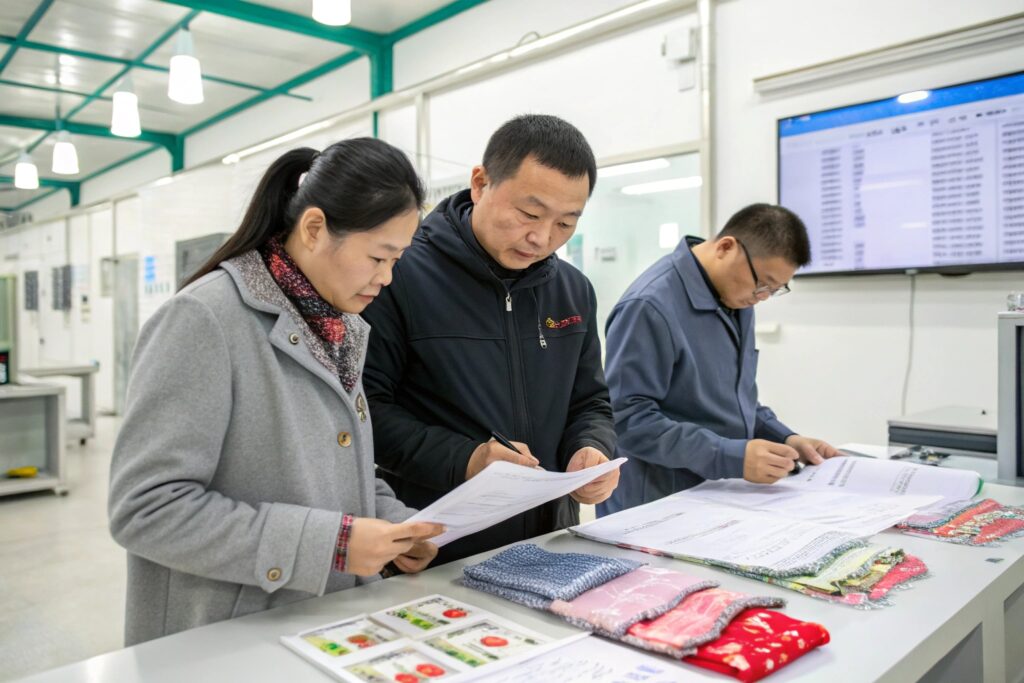
What factors influence MOQ for accessories?
| Factor | Impact on MOQ |
|---|---|
| Product type | Smaller items like clips = lower MOQ |
| Customization level | Logo, color, mold = higher MOQ |
| Raw material sourcing | Rare fabrics = higher MOQ |
| Machine setup costs | Complex printing = higher MOQ |
| Packaging requirements | Branded inserts = higher MOQ |
For example:
- Plain resin hair clips: MOQ = 500 units
- Custom printed scarves: MOQ = 1,000 units
- Woven belts with logo: MOQ = 1,500 units
We often offer lower MOQs for mixed colors or assorted packs if total quantity meets the machine’s efficiency baseline.
What’s the difference between factory MOQ and effective MOQ?
Factory MOQ is the lowest amount a factory agrees to produce profitably.
Effective MOQ is what you’ll actually need to meet packaging, labeling, and material requirements. For example, a supplier might agree to make 300 pieces, but if the fabric comes in 500-meter rolls, you’ll have to cover the unused portion.
That’s where strategic MOQ planning comes in.
What is the minimum order quantity MOQ?
MOQ is the minimum number of units a supplier will produce per style, per order. It’s essential for pricing, scheduling, and material planning.
MOQ stands for Minimum Order Quantity. It’s the smallest batch of units a factory agrees to produce. For new buyers, understanding MOQ helps manage budgets and plan product launches.
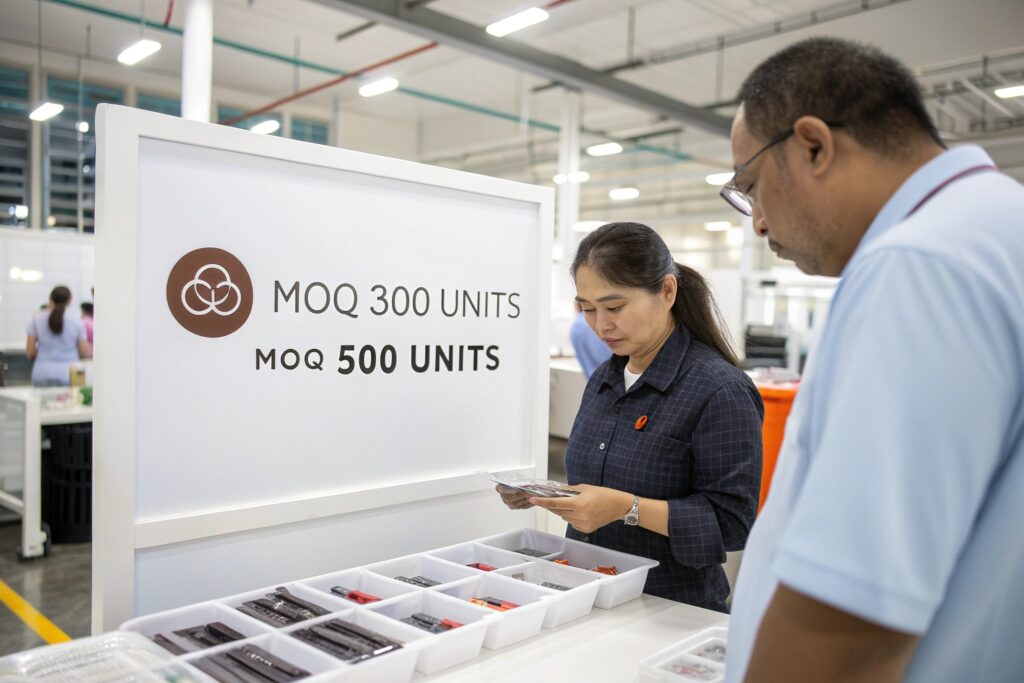
Why does MOQ matter for accessory importers?
Low MOQ means:
- Less upfront investment
- Faster product testing
- Lower inventory risk
But too-low MOQ means:
- Higher unit prices
- Limited customization
- Fewer packaging options
We help buyers balance this. For example, you may start with a 300-piece test for plain items, then scale up as sales grow.
What’s a typical MOQ range for AceAccessory products?
| Product Type | Standard MOQ | Test Order MOQ |
|---|---|---|
| Hair clips | 1,000 pcs | 500 pcs |
| Resin barrettes | 1,200 pcs | 600 pcs |
| Woven belts | 2,000 pcs | 800 pcs |
| Shawls & scarves | 1,500 pcs | 500 pcs (mixed color) |
| Embellished headbands | 1,800 pcs | 600 pcs |
MOQ may also depend on whether you provide your own design, choose from our existing mold bank, or need new tooling.
What is the MOQ strategy?
If you’re launching multiple SKUs or seasonal lines, you’ll need a smart MOQ strategy to avoid overstock and cash traps.
A strong MOQ strategy balances production efficiency with inventory management. It includes bundling SKUs, mixing colors, ordering blanks, and planning for reorders.
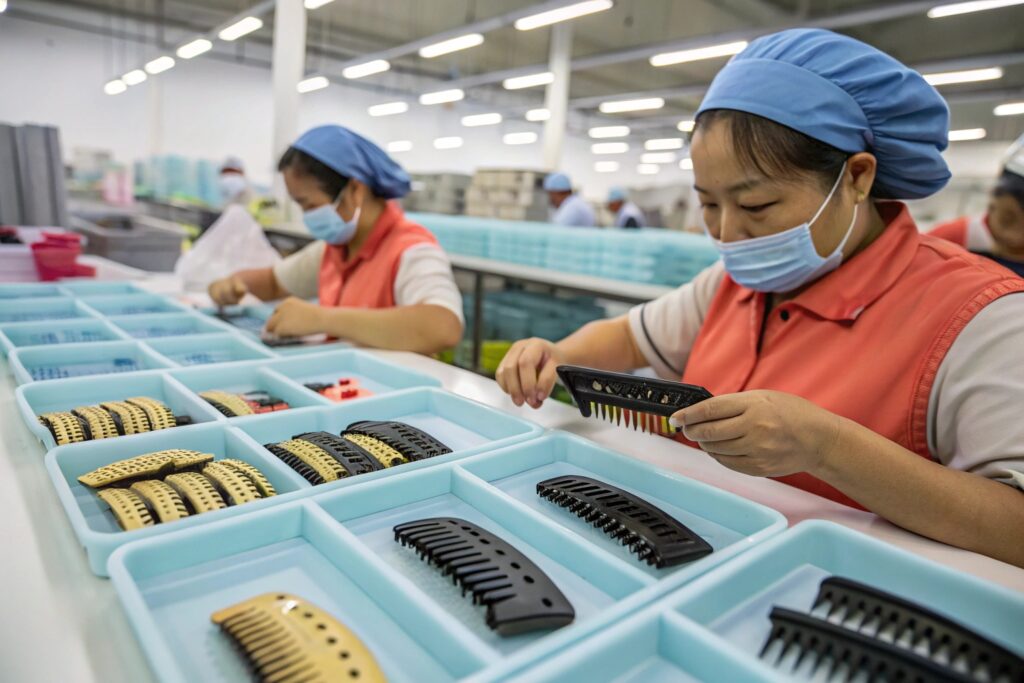
What tactics help new importers stay within budget?
-
Color mixing
Order 1,000 clips, split into 4–5 colors (not counted separately) -
Assorted packs
Group headbands or scrunchies into 3-piece gift sets to reduce unit count per style -
Use existing molds
Avoid mold fees or high MOQs for resin or plastic shapes by selecting from factory molds -
Blank stock + print later
For scarves, order undyed blanks and print small batches locally -
Reserve fabric or hardware
Buy more material upfront but produce in phases
We often work with clients using this model. One U.S. buyer started with a 600-piece mixed color test of headbands—and reordered 4,000 within 3 months.
Should you invest in MOQ or spend more per piece?
Sometimes it’s smarter to pay a slightly higher unit cost for lower MOQ, especially if:
- It’s your first order
- You’re testing a new market
- You have seasonal or limited-run collections
Our account managers can compare both options and help you choose what’s best for your sales cycle.
How do you negotiate MOQ?
MOQ isn’t always final—especially if you approach it the right way. But negotiation is about mutual benefit, not just asking for less.
To negotiate MOQ effectively, show long-term potential, simplify customization, and be flexible on delivery or pricing. Factories will often adjust terms if they see a future partnership.

What do factories want in return for lowering MOQ?
- Faster sample approval
- Simple packaging or bulk packing
- Use of in-stock materials
- Commitment to reorder if test run succeeds
We’ve created test-order templates for small importers. These make MOQ negotiation smoother and help both sides stay aligned.
What should you avoid when negotiating MOQ?
- Asking for 100 pieces when the MOQ is 1,000—without offering trade-offs
- Expecting the same price per unit at low volume
- Demanding too many style/color splits in a tiny order
Here’s an example of a respectful MOQ negotiation message:
Hi, I’m launching a small collection and would like to test 500 units (split into 3 colors).
If successful, I plan to reorder 2,000+ every season.
Can we start with a flexible MOQ this time?
This approach works far better than just asking “Can you lower the MOQ?”
Conclusion
MOQ doesn’t have to block your growth. With the right strategy—color mixing, phased production, and open communication—you can build a reliable supply chain that grows with your brand. At AceAccessory, we’re here to help small orders turn into long-term success.


